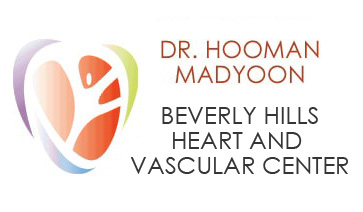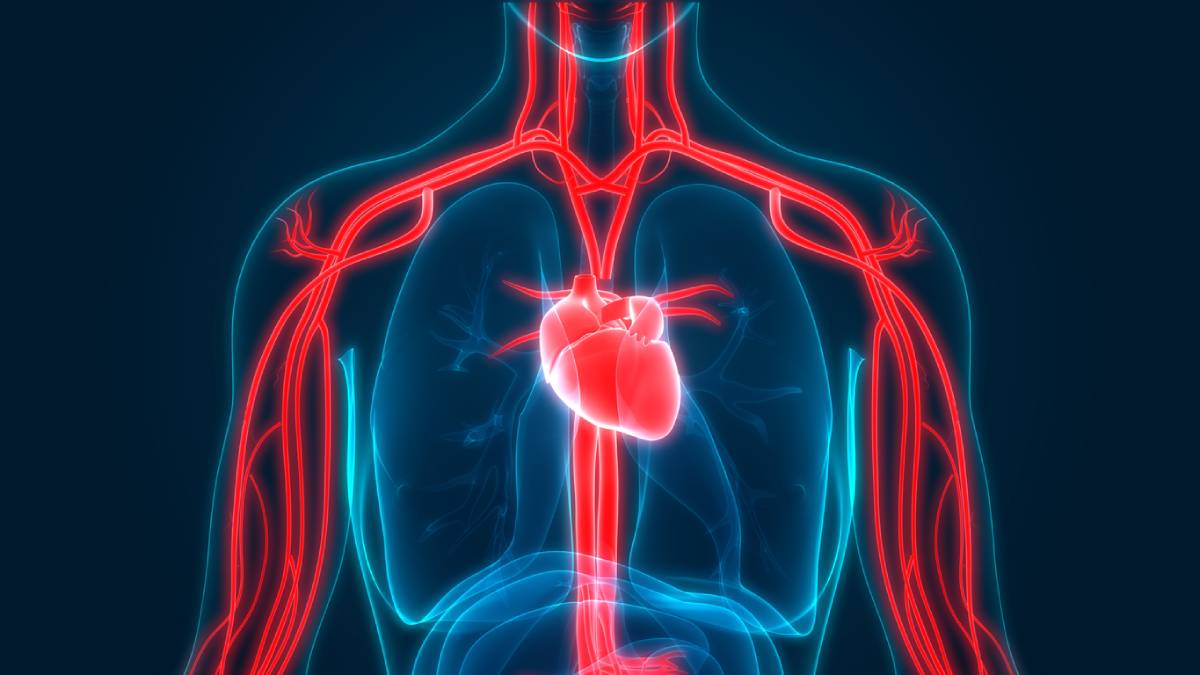Find yourself dealing with specific yet excruciating pain in your lower legs or body? Then you might ultimately end up diagnosed with peripheral arterial disease. This happens when your blood vessels that carry oxygen and blood can get clogged or stuck between narrowed arteries. As time goes on, these conditions can worsen, leading to more serious medical effects. So watch out for these top risk factors for peripheral artery disease.
Top Risk Factors for Peripheral Artery Disease
Today, your trusted vein and artery care team wants you to know about the top risk factors for peripheral artery disease With this info, you can then seek personalized vein treatment in Beverly Hills at your earliest convenience.
What is PAD?
Peripheral arterial disease is marked by the buildup of plaque within the arteries. This works similar to the plaque that builds up on your teeth. But it can harden inside your body as a result of fat growth. This happens inside particular blood vessels in your body, most commonly in the arms and legs, but it can happen anywhere.
Older folks and those over the age of 70 are at an increased risk for PAD, although all adults should get regular screenings for this disease at the direction of their doctor. Next, we will talk about the biggest risk factors for peripheral arterial disease so you can immediately identify the early symptoms.
Risk Factors for PAD
Everyone should talk to their doctor about peripheral arterial disease. However, some of the biggest risk factors include:
- A history of high cholesterol
- Diabetes diagnosis
- Chain smoking or drinking alcohol constantly
- High blood pressure problems
- Atherosclerosis – the process of blood vessels being unable to reach the extremities
- Similar symptoms of blocked arteries
PAD can develop into major coronary artery disease or even heart disease if left untreated. Thankfully, there are several progressive treatments available to reduce or even reverse certain symptoms of PAD.
Treating Pulmonary Arterial Disease
In order to avoid heart disease and other issues that can develop in the veins and lungs as a result of PAD, it’s important that you seek progressive treatment for this disease right away. Depending on the severity of your symptoms and how long you have been dealing with PAD, a number of different treatments might be prescribed to you.
One of the most common treatments is to go through a supervised physical therapy program, establishing better diet and exercise regimens to support natural healing. Your doctor may also encourage you to quit smoking and drinking in order to ensure the healing process goes smoothly. Additionally, you will be prescribed some medications that can lower your blood pressure and cholesterol, which also may be contributing to serious issues with your veins. Your doctor can help you relieve some of the worst symptoms of the disease while giving your body a stronger fighting chance to keep the blood flowing.
Preventing PAD
While there are significant treatment options available for those with pulmonary arterial disease, prevention is always the best way to stay healthy for long periods of time. It is important for our doctors to identify risk factors that you might be dealing with before you develop PAD or any other kind of cardiovascular disease.
BHVCI has become a number-one resource locally and around the world for a number of medical needs, including treatment for peripheral artery disease in Beverly Hills. In fact, research shows that heart attacks have a much higher survival rate in those who detect them early. Early detection leads to better prevention and much faster treatment with more manageable symptoms. Heart attacks and other heart issues can happen instantly, especially when lingering symptoms are present. Connect with our team of doctors today to get proactive diagnosis and treatment as quickly as you can.

